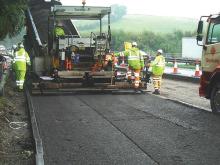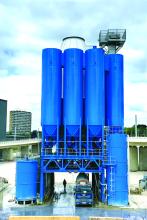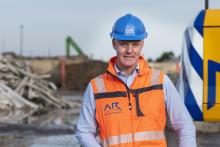The use of recycled and secondary materials as aggregates in residential construction is increasing across the UK, with current estimates at 21% and 3% respectively.
While the use of recycled materials is currently seven times higher, availability of secondary materials is expected to increase and the imbalance looks set to change.
As a follow-up to the two-part BRE DG522 guide Hardcore for Supporting Ground floors of Buildings sponsored by NHBC (National House Building Council) and published in 2011, the
The new and supplementary guide provides an overview for specifiers, builders and developers into the two types of materials, their sources, availability, and applications.
The NHBC Foundation says there are a number of potential advantages to the industry of using recycled and secondary aggregates. In addition to the environmental and social benefits, house builders can take advantage of the credits available under category 3 of the Code for Sustainable Homes, as well as the potential cost savings in reduced transport or haulage of aggregate to site, and reduced waste disposal costs of existing materials.
The guide also provides an overview of potential issues, pitfalls and lessons learned from three case studies around the UK. It also details guidance and information available from other organisations, as this is usually quite widely dispersed and not easily accessible.
Graham Perrior, head of standards and technical at NHBC, said: “The UK currently uses more recycled and secondary aggregate than any other EU country, and their use is predicted to increase in coming years. The use of these materials has solid environmental benefits through resource efficiency, as well as potential cost savings by reducing reliance on landfill to dispose of old materials.
"As with any material, there are some risks associated with its use, and the NHBC Foundation guide contains detailed technical information for house builders, pointing to codes, protocols, standards and controls to ensure correct and appropriate use."










